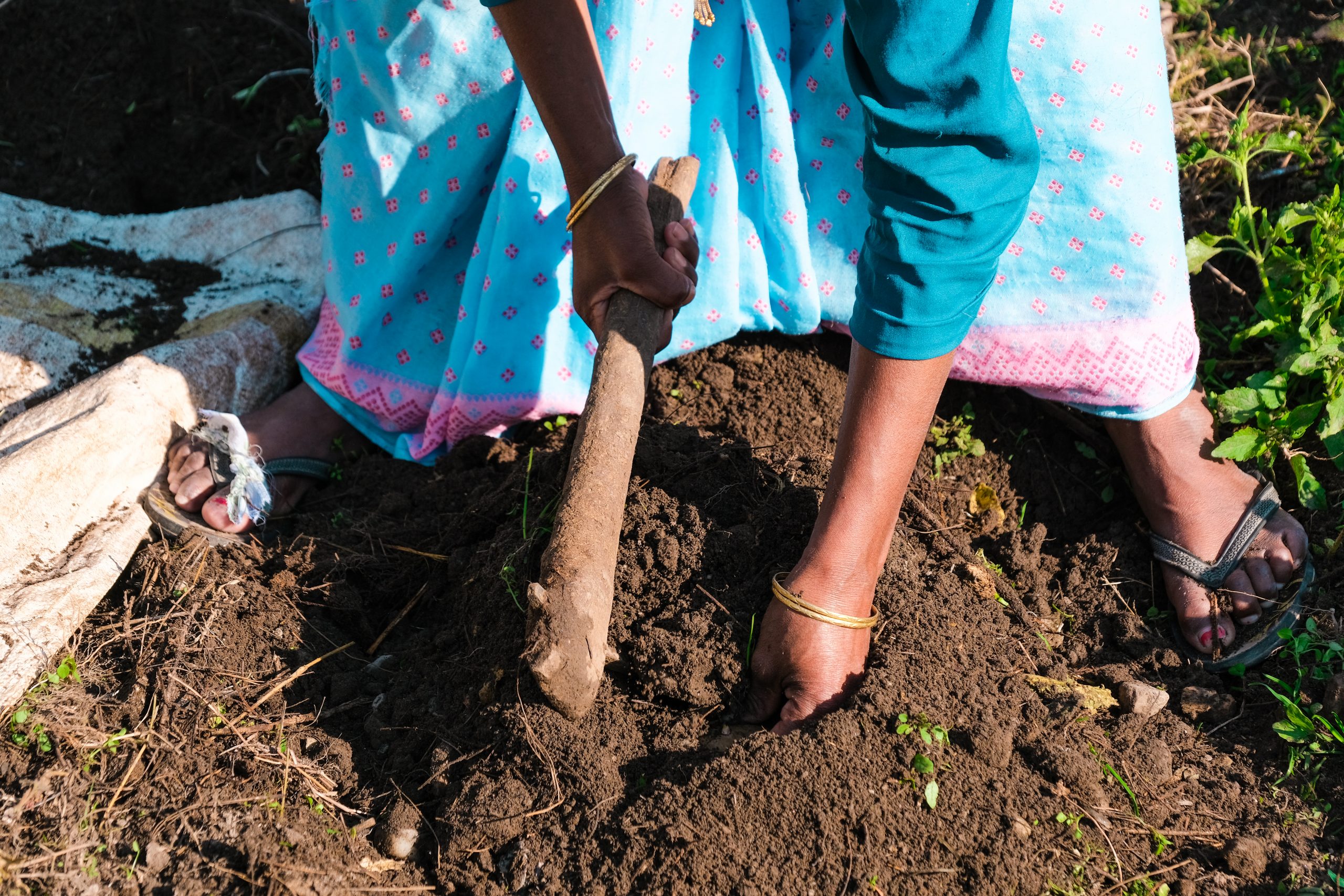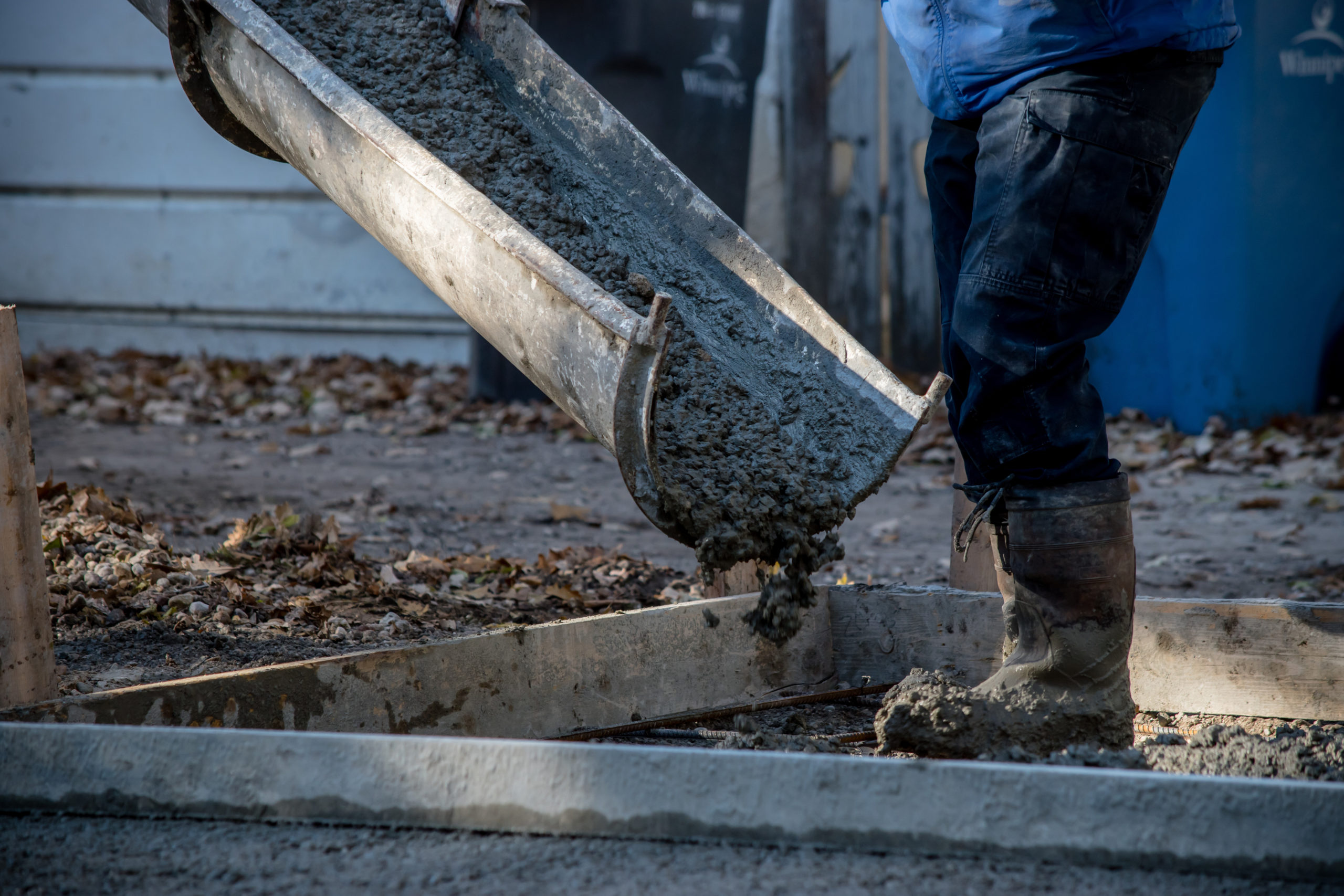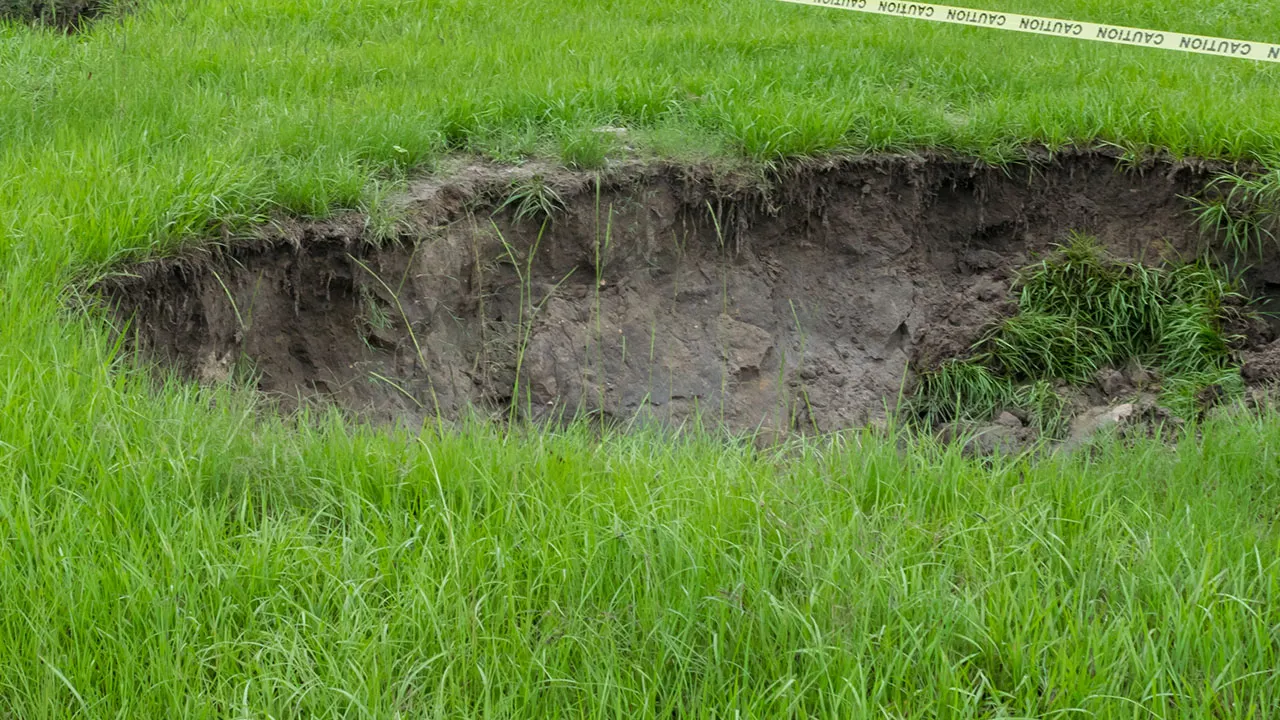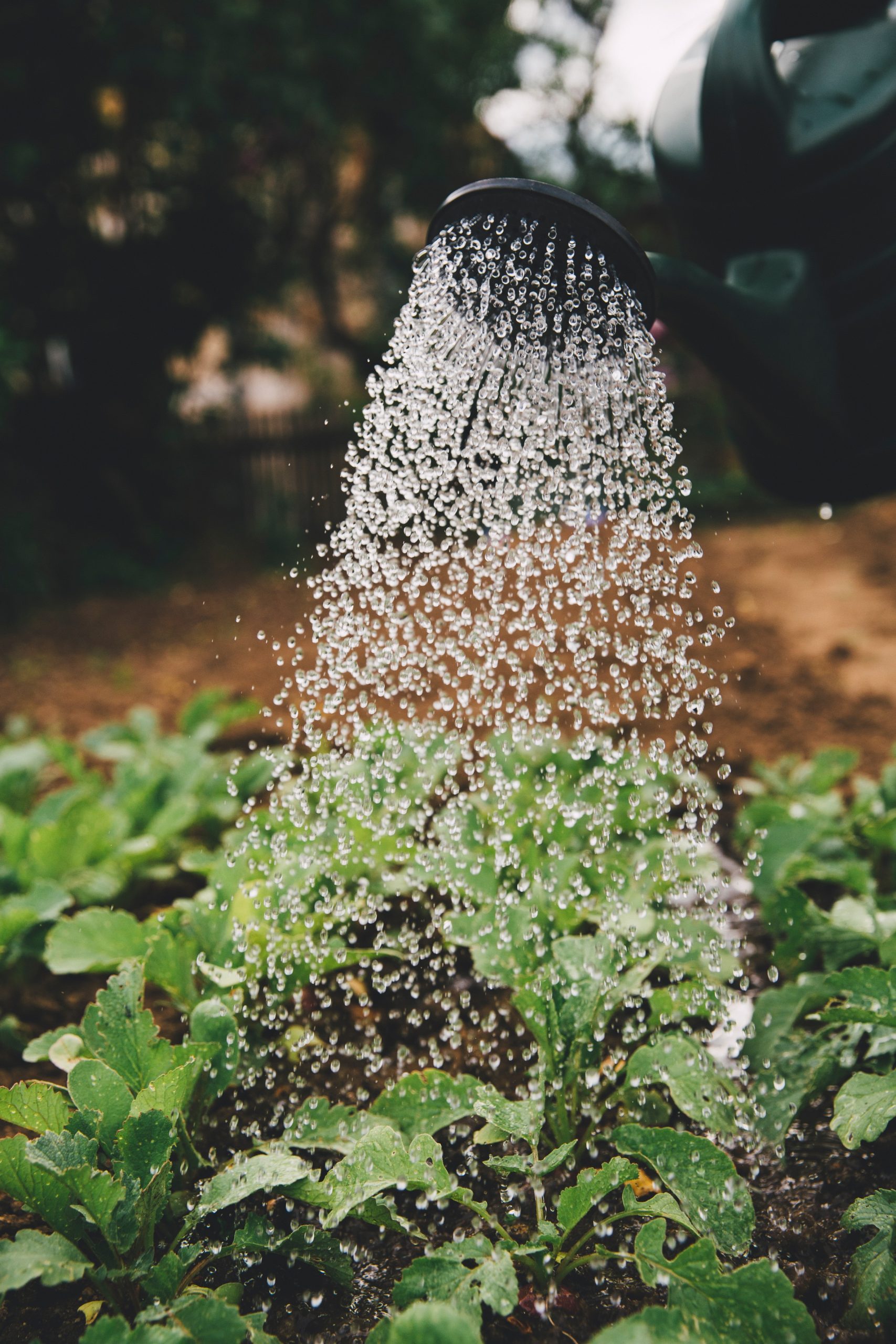Sinkholes that form beneath structures or in a yard are complicated and if you want to fix them, here’s how to.
Keep an Eye on the Hole to See if It Grows
Sinkholes are frequently caused by weather events, such as a heavy rainstorm. However, once a sinkhole has formed, it can continue to grow as more limestone or other carbonate rocks fall away. Do not try to fill in a sinkhole as long as it is growing on a daily basis.
You can fill in the sinkhole once it has stopped growing and has remained the same size for a few days.
Investigate the Size and Depth of the Sinkhole
 Homeowners can only fill relatively small, shallow sinkholes. Prod around in the sinkhole with a pole or stick (even a simple tree branch will suffice). Take note of how deep and wide it is.
Homeowners can only fill relatively small, shallow sinkholes. Prod around in the sinkhole with a pole or stick (even a simple tree branch will suffice). Take note of how deep and wide it is.
Take care when walking around the sinkhole’s edge! Take care not to fall because the ground can be very unstable. Filling a sinkhole larger than 3 feet (0.91 m) in diameter is not advised as large sinkholes can be very deep and dangerous.
Additional Note: If the sinkhole is deeper than chest height, please do not enter it. Deep sinkholes and holes with steep walls are particularly dangerous.
Contact a Reputable Landscaping Company
If you’re worried about working in or around a sinkhole, or if you believe the sinkhole is too huge for you to fill, it’s time to call in the experts. Use the Internet to locate a local landscaping company and explain that you want a sinkhole on your property filled in.
Landscaping companies will be more familiar with this occurrence than the average homeowner.
When dealing with extremely large sinkholes, contact local authorities in the town or county where the sinkhole has appeared.
Remove the Sinkhole’s Outer Edges
The sinkhole may be larger beneath the surface than it appears. Enlarge the size of the sinkhole with a shovel to determine the true extent of the sinkhole. Remove the sod around the sinkhole’s edges and ensure the surrounding ground is solid. Continue to remove the hole’s edges until you reach a point where the sediment and topsoil are both supported by solid rock.
Get rid of any loose debris that can be found in the sinkhole, such as tree branches, pinecones, and so on.
Combine Dry Concrete Powder and Water
Begin by pouring approximately one-third of the concrete mixture into a large basin, such as a wheelbarrow. Combine thoroughly with a hoe, shovel, or paddle mixer after adding about 1 US-quart (946 ml) of water. Keep on adding water until the concrete is completely wet and has the consistency of heavy putty. To increase the strength of the concrete, add gravel.
Quick-mixing concrete is available in 80-pound (36 kg) bags at your local hardware or home-supply store. The amount of concrete required will be determined by the size and depth of the sinkhole.
Fill the Sinkhole With Concrete
 Pour wet concrete into the sinkhole using a shovel and wheelbarrow. This will keep the sinkhole from getting any deeper and will provide a solid foundation for the materials you use to fill it. Make an effort to fill at least one-quarter of the hole with concrete. Fill the sinkhole with at least 1 foot (0.3 m) of concrete if it is 4 feet (1.2 m) deep.
Pour wet concrete into the sinkhole using a shovel and wheelbarrow. This will keep the sinkhole from getting any deeper and will provide a solid foundation for the materials you use to fill it. Make an effort to fill at least one-quarter of the hole with concrete. Fill the sinkhole with at least 1 foot (0.3 m) of concrete if it is 4 feet (1.2 m) deep.
You do not need to wait for the concrete to dry completely before filling the hole with sand and soil.
A “plug” simply means that you will completely fill the sinkhole’s bottom with concrete.
Cover the Concrete Plug With Clay Sand
Thick, clayey sand will provide a substantial filling for the sinkhole, preventing water from collecting in the refilled sinkhole. With your shovel, scoop sand from a wheelbarrow or truck bed and place it in the hole. Fill the hole with sand until it is about 34 percent full.





